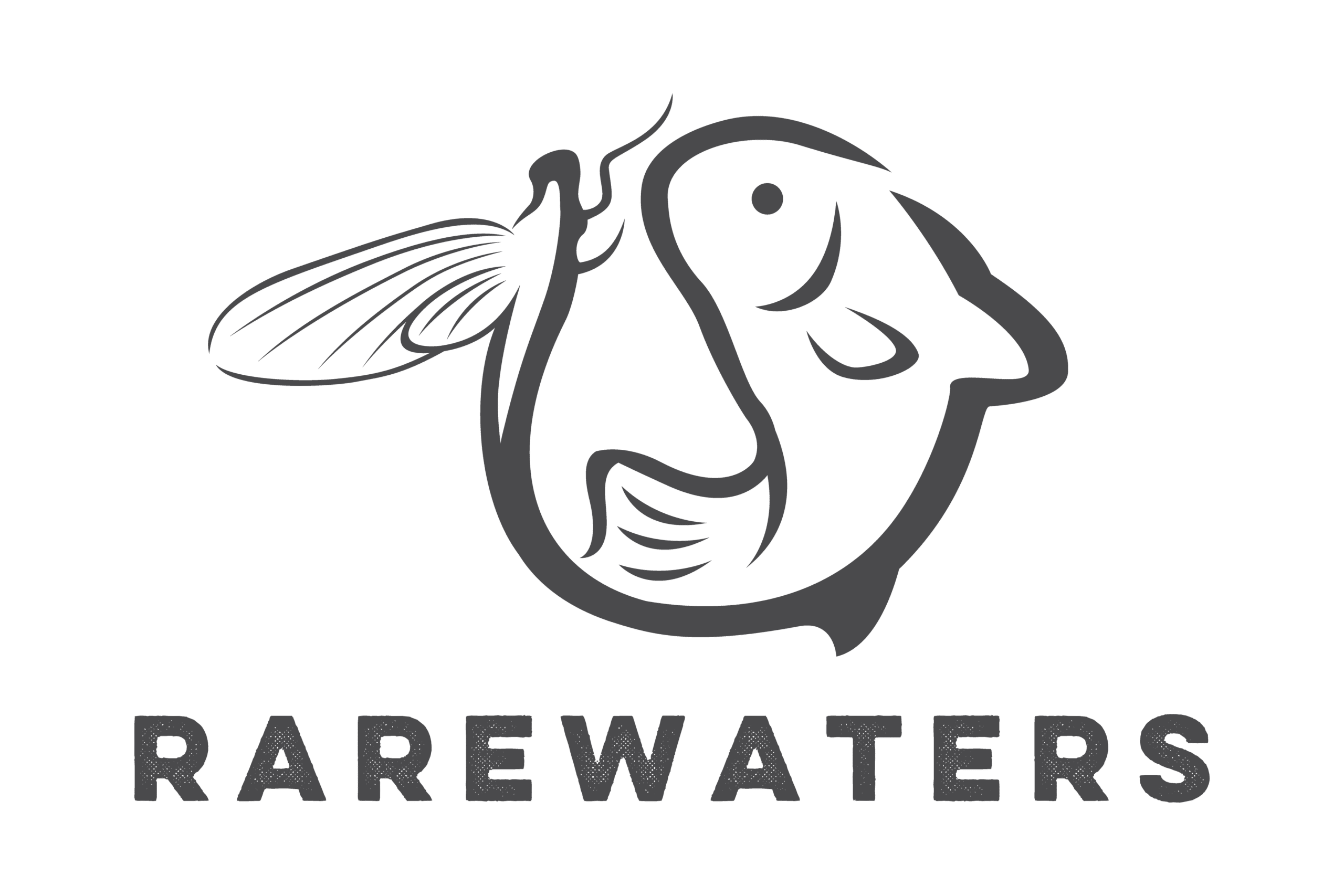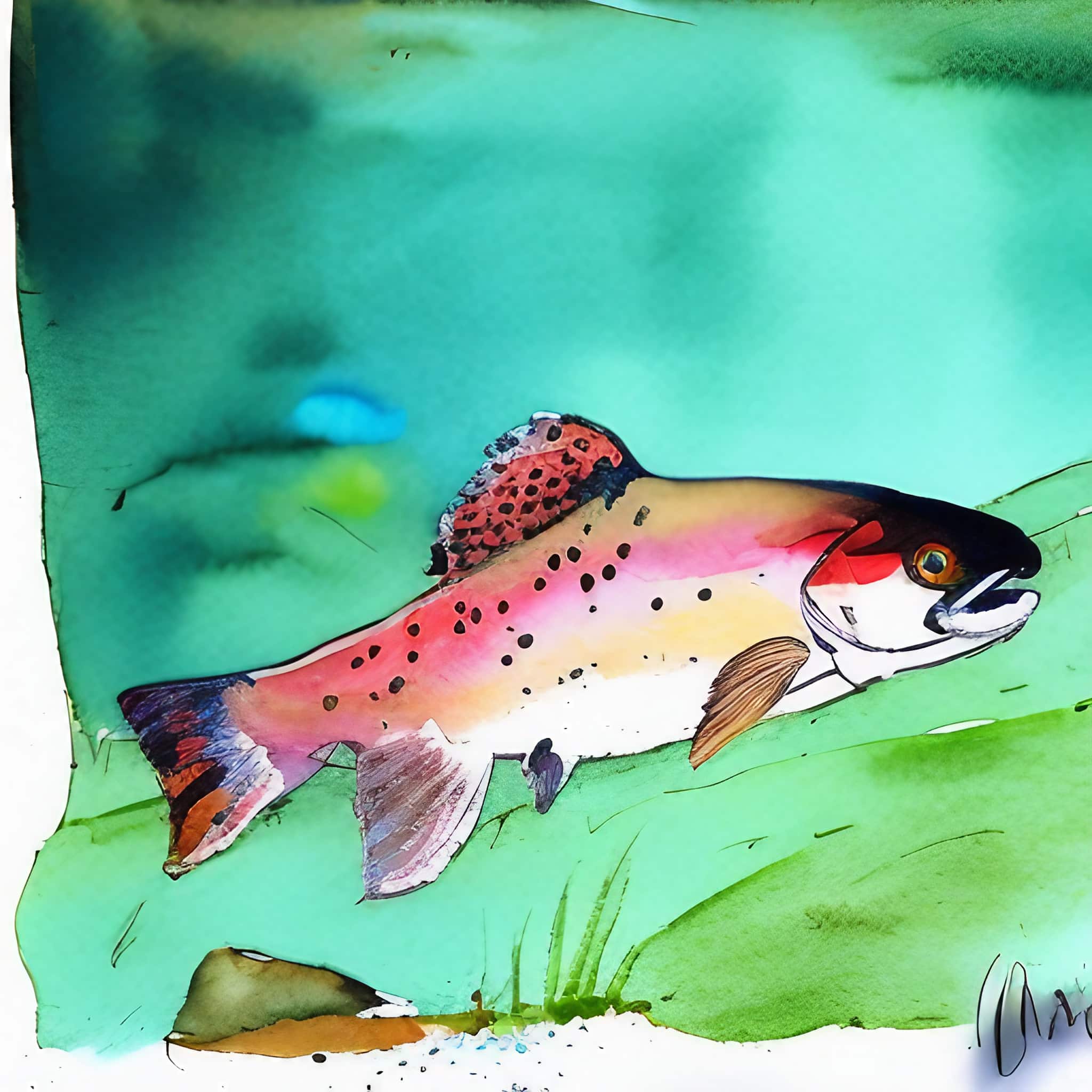Cutthroat Trout Classification
Cutthroat trout (Oncorhynchus clarkii) are a type of freshwater fish native to the western United States and Canada. They are named for the distinctive red or orange markings under their lower jaw, which resemble a cut throat.
Cutthroat trout belong to the genus Oncorhynchus, which includes several other species of Pacific salmon and trout. They are closely related to rainbow trout, and the two species are often hybridized in hatcheries.
Cutthroat trout have a long history of cultural significance to indigenous peoples of the Americas, and they are an important recreational and commercial fishery. They are also popular among fly anglers due to their willingness to take a variety of fly patterns and their challenging fight when hooked.
Cutthroat Trout Feeding Habits and Habitat
Cutthroat trout are opportunistic feeders and will eat a wide variety of prey, including insects, crustaceans, and small fish.
Cutthroat trout can be found in a variety of habitat types, including cold, clear streams, rivers, and lakes. They prefer clean, oxygenated water and are often found in areas with rocky bottoms and cover.
Cutthroat Trout Breeding
In terms of breeding, cutthroat trout typically spawn in the spring and early summer, with the males constructing nests (called “redd”) in gravel beds. After the eggs are fertilized, the males defend the redd while the females move on. The eggs hatch into alevins, which remain in the gravel until they absorb their yolk sacs and emerge as fry.
Targeting Cutthroat Trout
Fly anglers targeting cutthroat trout should consider using imitations of insects, crustaceans, and small fish, as well as attractor patterns such as egg patterns and worms. It is also important to pay attention to the time of year and the specific water being fished, as this can influence the type of flies that are most effective.
Overall, cutthroat trout are a popular and important species among fly anglers and are found in a variety of habitats across the western United States and Canada. They are known for their striking appearance and challenging fight when hooked, making them a rewarding species to target on the fly.








